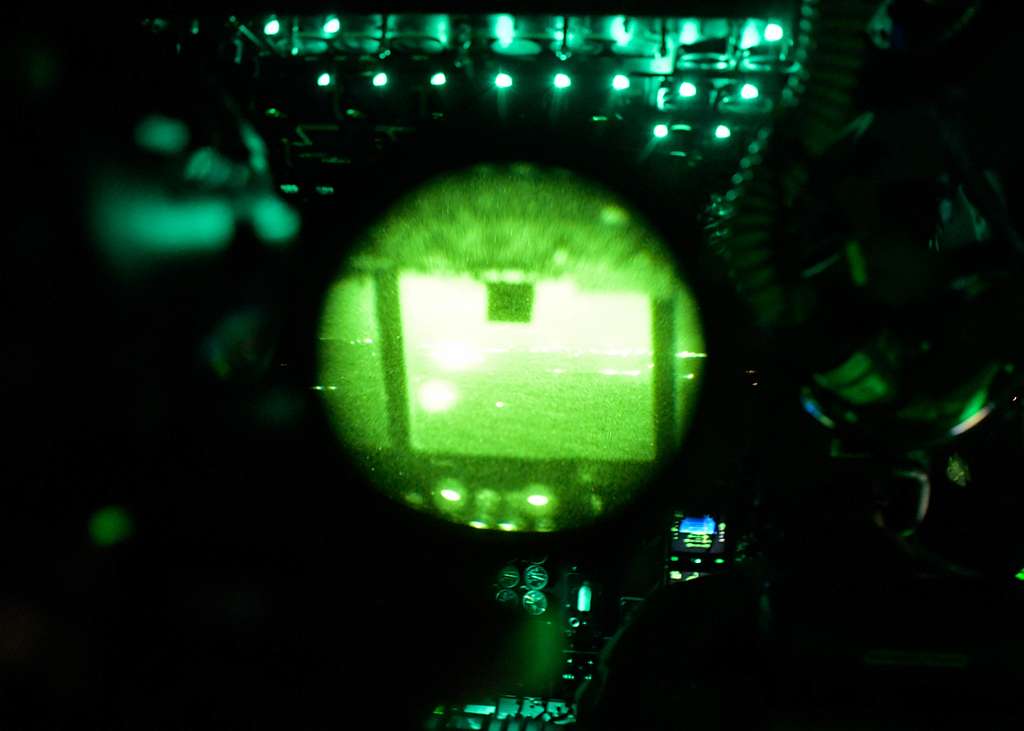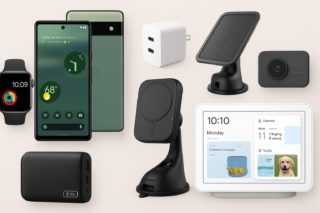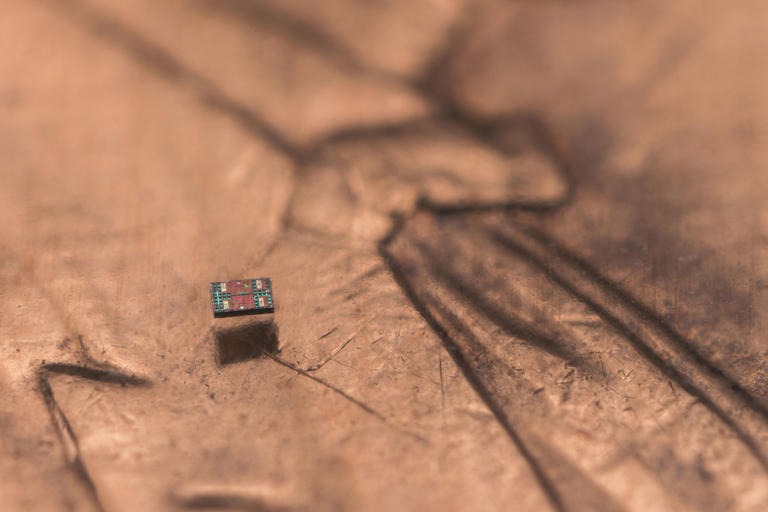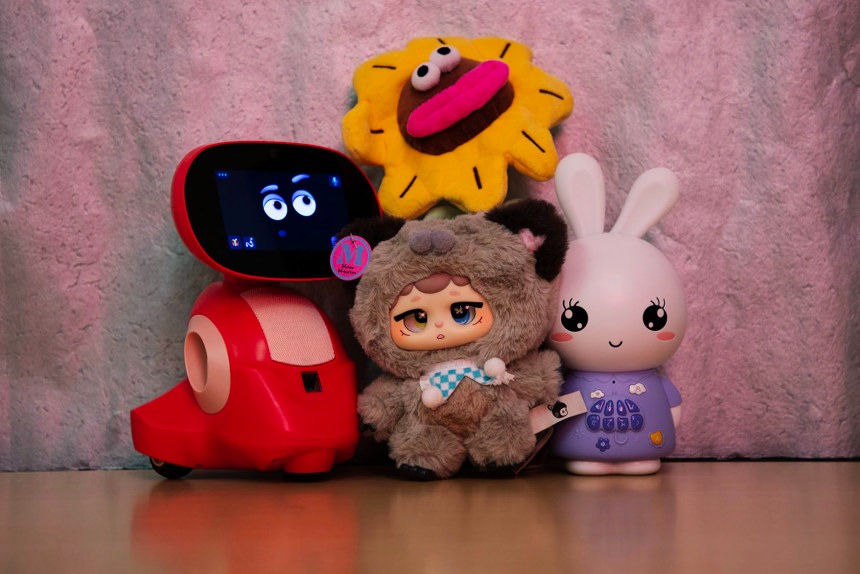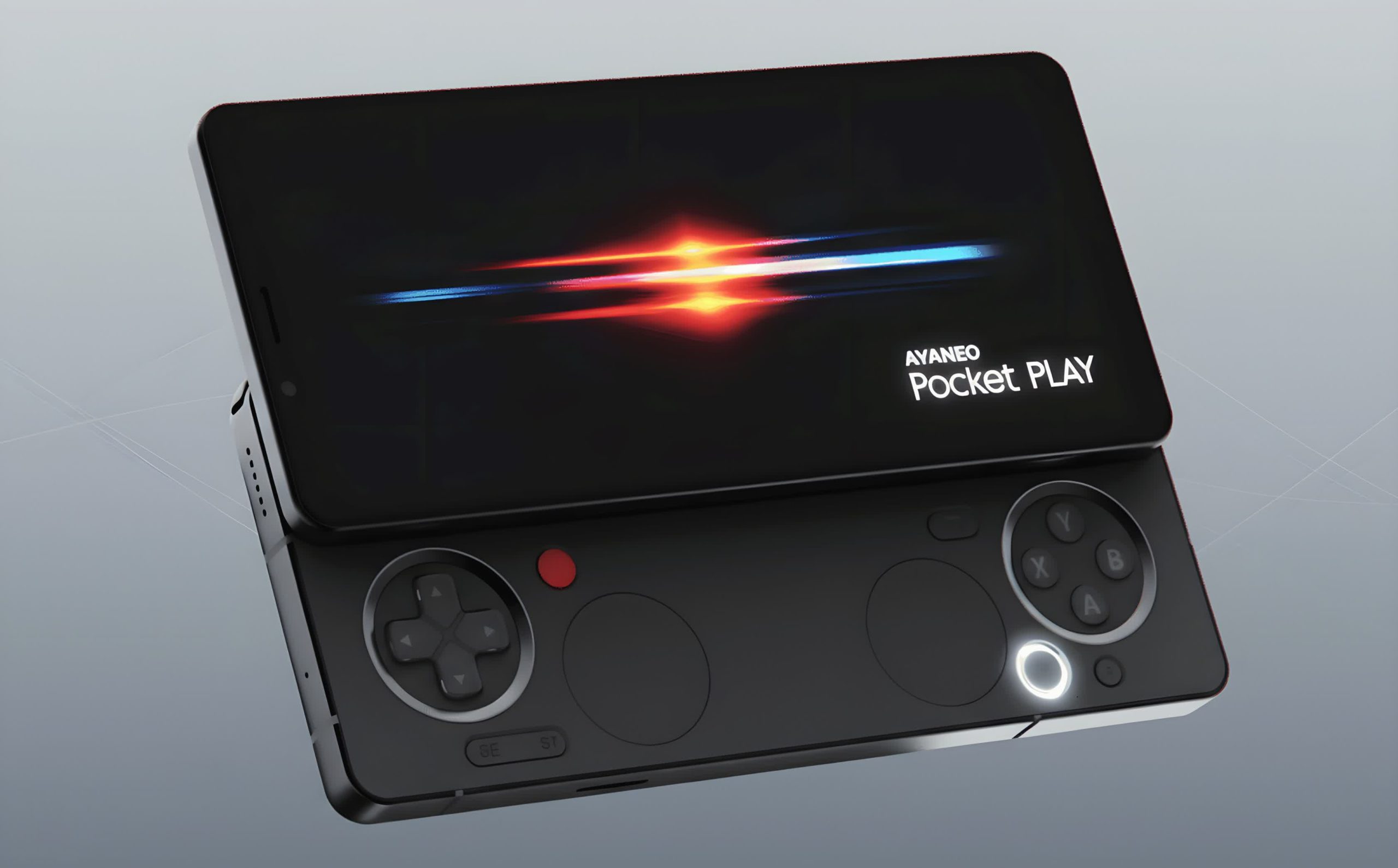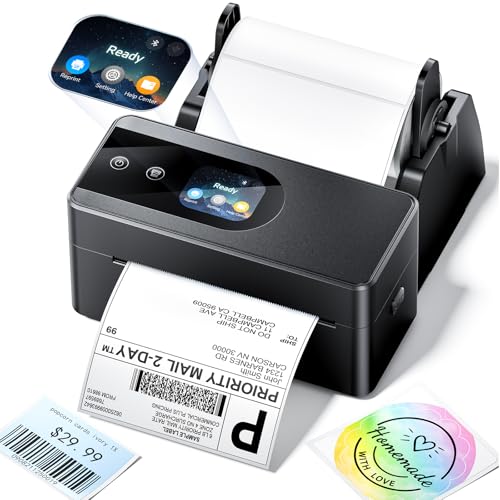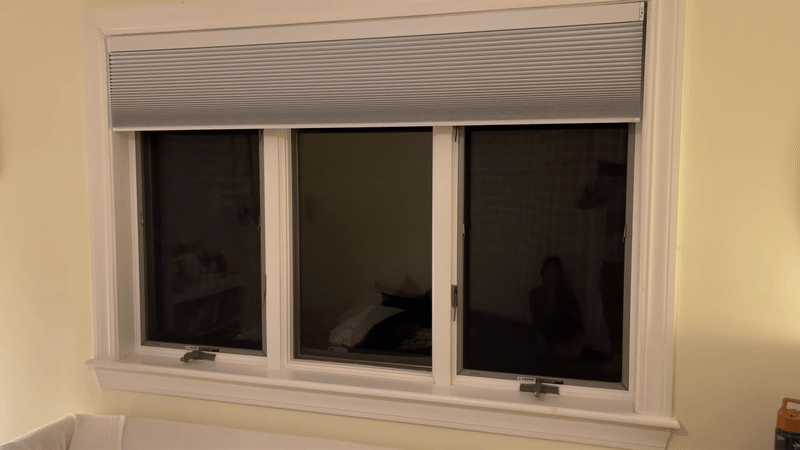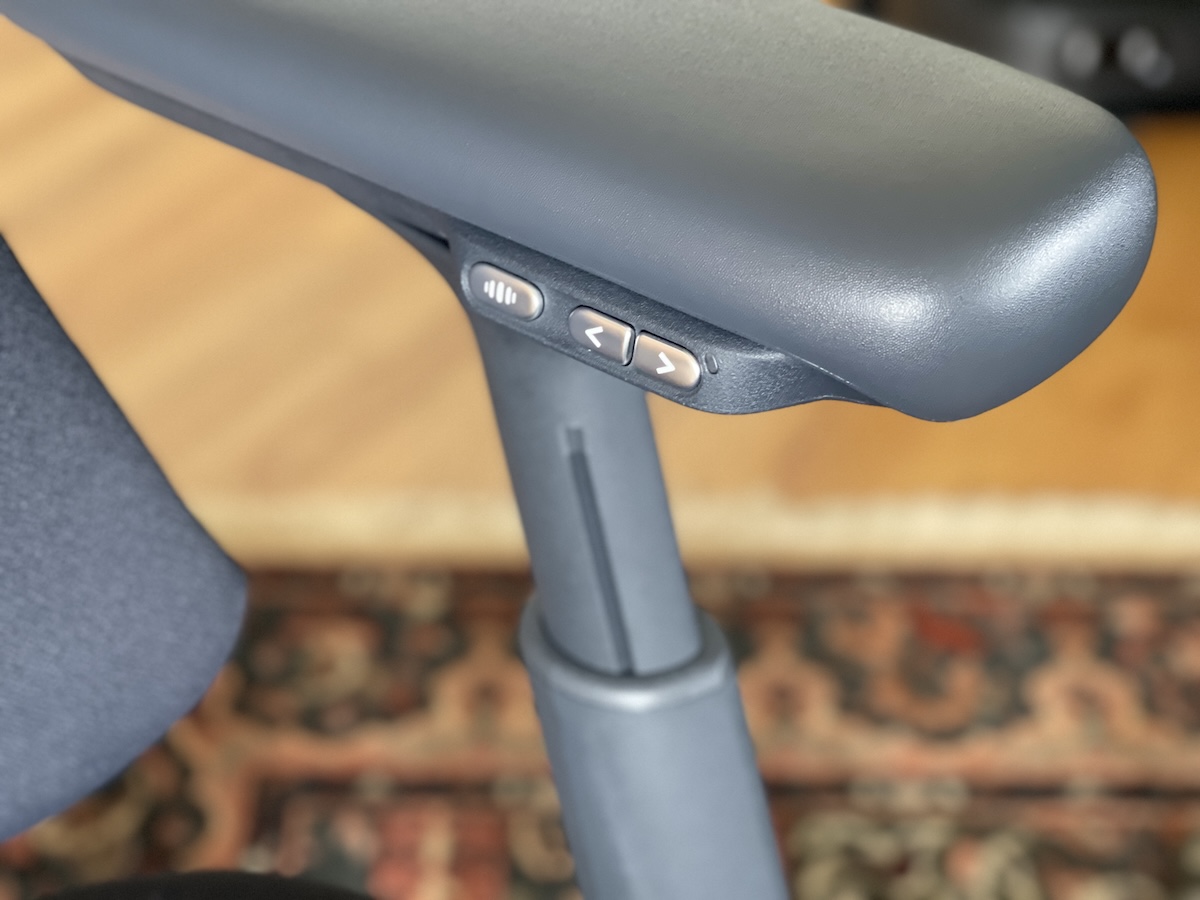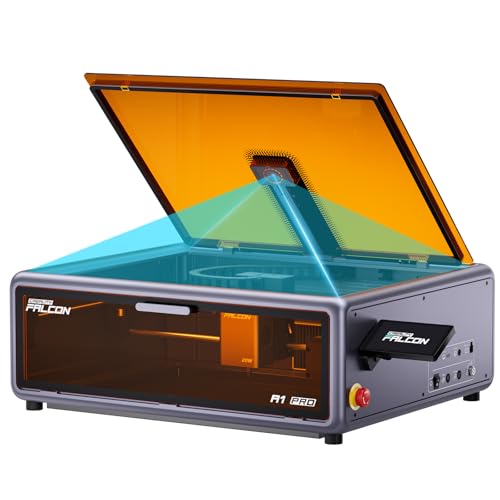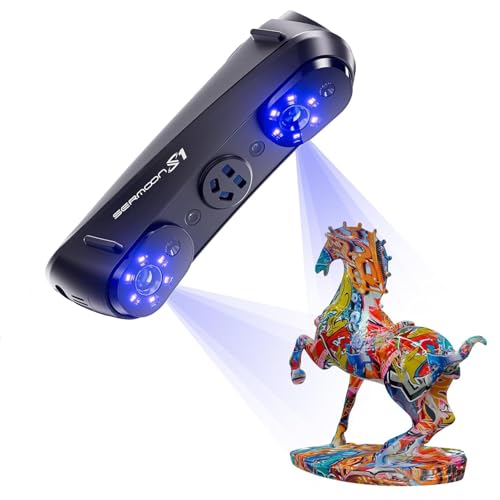Forget everything you thought you knew about night vision. Chinese researchers just cracked the code on contact lenses that let you see in total darkness—no bulky goggles, no battery packs, no looking like you raided a military surplus store.
The University of Science and Technology team embedded nanoparticles into standard soft contact materials. These microscopic workhorses grab near-infrared light (800-1600 nanometers)and flip it into colors your eyes can actually process. Think of it as having built-in Instagram filters, except instead of making your coffee look artisanal, they’re making invisible light visible.
Here’s where it gets weird: you can see infrared signals better with your eyes closed. Turns out, infrared light punches through your eyelids more effectively than regular light. So while you’re pretending to nap in that boring meeting, you could theoretically be reading secret Morse code messages. Your boss will never know.
The color-coding system is surprisingly elegant. Different infrared wavelengths get converted to specific visible colors—980 nanometers becomes blue, 808 turns green, 1,532 shows up as red. This could be a game-changer for people with colorblindness, potentially letting them see wavelengths they’ve been missing their entire lives.
But let’s pump the brakes on the superhero fantasies. The night vision prototypes only detect strong infrared sources like LEDs. You’re not suddenly becoming Batman, stalking criminals through dark alleys. Current sensitivity levels mean you need intense infrared signals to see anything useful.
The image quality isn’t winning any awards either. Light scattering from the nanoparticles creates blurry visuals that make your morning-after selfies look crystal clear by comparison. Researchers are working on improving spatial resolution, but we’re still in early days.
Innovative gadgets with incredible application capabilities are already emerging. Security teams could use coded infrared communication that’s invisible to standard cameras. Rescue operations could benefit from hands-free night vision that doesn’t require carrying extra equipment. Anti-counterfeiting measures could embed infrared markers only detectable with these lenses.
The contact lens market is already worth $900 million and projected to hit $1.8 billion by 2032. Night vision capabilities could accelerate that growth significantly, especially if researchers solve the sensitivity limitations.
Real talk: these aren’t replacing night vision goggles anytime soon. Military and professional users still need the superior range and clarity that powered equipment provides. But for consumer applications, discrete infrared vision beats strapping gear to your face.
What makes this breakthrough significant isn’t just the tech—it’s the form factor. Traditional night vision requires external power, bulky hardware, and screams “I’m using special equipment.” These contacts are invisible, comfortable, and don’t announce your enhanced capabilities to everyone around you, truly representing one of the most exciting cutting-edge tech breakthroughs in wearable electronics.
The road to commercialization involves improving sensitivity for ambient infrared detection and enhancing image clarity. Regulatory approval for widespread consumer use remains pending, but the foundation is solid.
Ever notice how streamers using night vision in horror games can spot things you can’t see? That’s essentially what these contacts do, except instead of green-tinted footage, you get color-coded infrared in real life.
The $900 million contact lens market is about to get very interesting. With XPANCEO already raising $40 million for smart lens development, venture capital is betting big on enhanced vision becoming mainstream.


